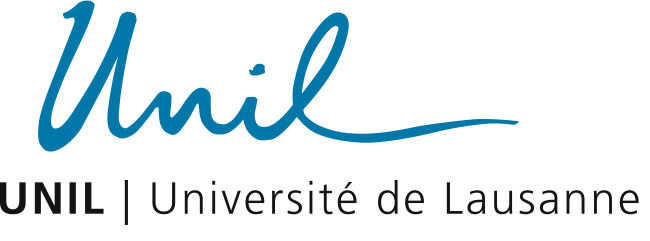This research project focuses on the effects of sexism and homophobia on vocational training in Geneva. In particular, these effects are operationalised through the anticipation and experience of sexist and/or homophobic discrimination, as well as the experience of physical and verbal violence on the grounds of gender or sexual orientation within the different normative contexts of the vocational streams. In particular, the first report established a relationship between the experience of homophobic discrimination and the intention to drop out of current training, which contributes to school drop-out.
Other researchers have shown that retention in dual occupations is fragile: 35% of apprenticeship contracts are terminated early in the Lake Geneva region (compared with a national average of around 20%). These terminations increase the risk of not completing a training course leading to a qualification, and therefore make young people's careers more precarious. To address this major issue, it was necessary to better target the causes of early school leaving and the effect that the different normative, more or less sexist and homophobic, climates in vocational training courses can have.
Benefits of the project
- This project fills a gap in research into the impact of sexist and homophobic discrimination on the continuation or cessation of vocational training. In fact, it is the first project to centrally integrate the effect of homophobia on young people's training pathways.
- It analyses the role played by the normative context of the different courses. There is a difference in students' attitudes to sexism and homophobia depending on whether the courses are predominantly male (at least 70% male), female (at least 70% female) or mixed.
- It analyses the results in the light of the heterosexist system in which Switzerland still operates, which legitimises the subordination of women and non-heterosexual sexualities. This makes it possible to link sexism and homophobia and to analyse the extension of the impact of homophobia beyond sexual orientation.
- It proposes concrete solutions to sexist and homophobic discrimination. The recommendations were produced following advice from a number of players in the field, including pupils, members of the education system, members of LGBTQIA+ associations and equality offices.
Research question
What role do sexism and homophobia play in vocational training pathways?
To answer this question, a three-year longitudinal study was carried out among students in vocational training courses at upper secondary level (CFC) in Geneva in order to validate and clarify the results of a pre-test carried out in 2017, which revealed a link between the experience of homophobic discrimination and the risk of stopping the apprenticeship in progress. Three waves of questionnaires over three years (involving more than 2,000 students in total) and 39 interviews over two years were carried out with students from mixed vocational training centres (CFPs) (Commerce and Art) as well as male-dominated CFPs (Construction and Technical) and female-dominated CFPs (Health and Social).
Possible solutions / actions
For this study, the researchers held discussions with stakeholders in the field, in particular students, members of the educational establishment, members of LGBTQIA+ associations and equality offices, to establish various avenues to be implemented at all levels of study and in all training courses. The main avenues identified were as follows:
For teachers
- Benefit from formal support and clear processes that challenge heterosexist norms, as well as tools for recognising cases of sexism and homophobia.
For schools
- Make the fight against homophobia and sexism central to their values and act accordingly.
- Set up a counselling service for non-hetero or non-gender students who have questions or are victims of discrimination.
- Updating school curricula and materials to include questions relating to gender diversity and sexual orientation in order to raise awareness and open up discussion on these issues.
- Include questions about sexual and gender diversity in sex education courses and offer them more systematically.


